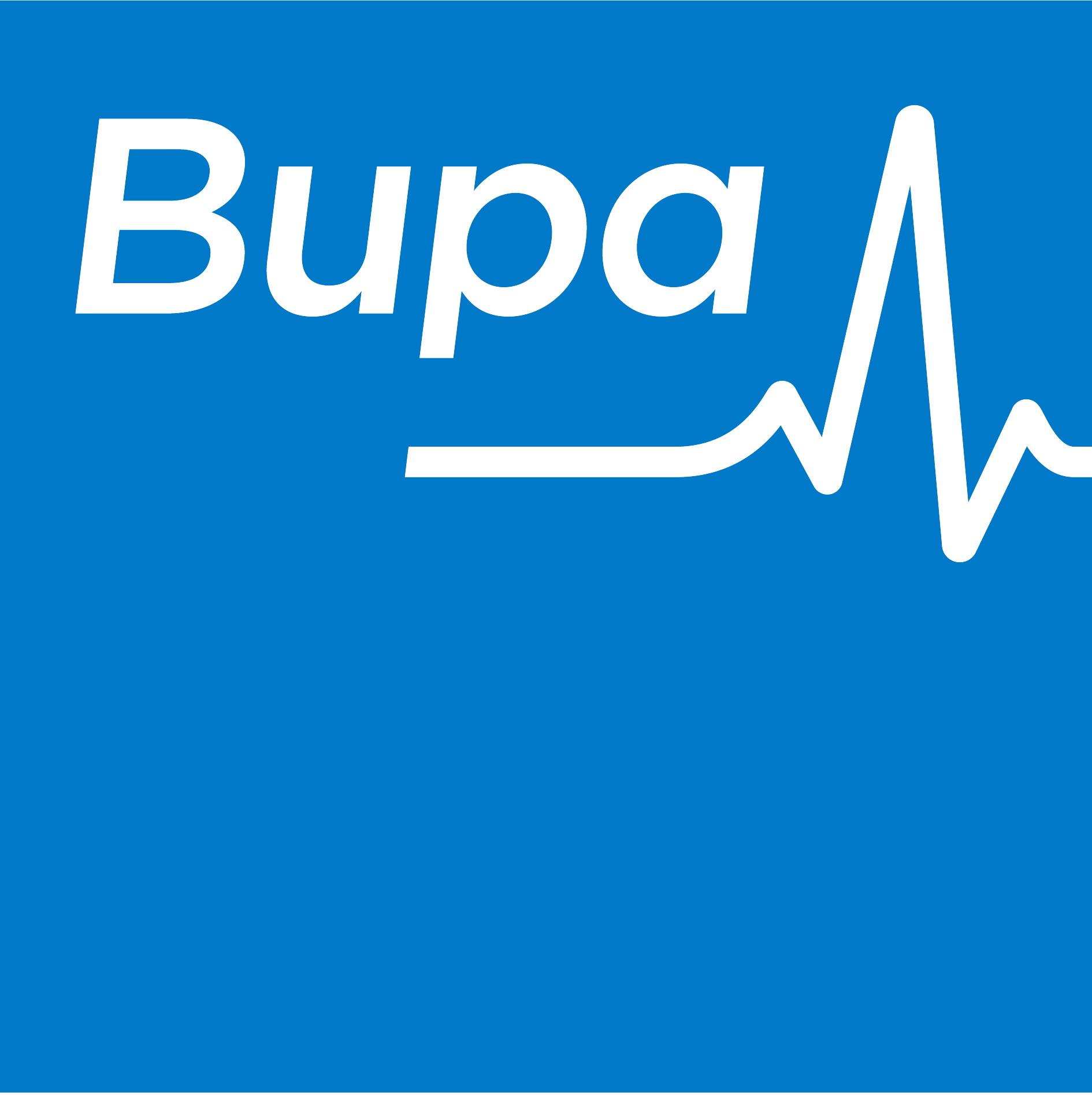However, these health conditions are connected by more than their detrimental impact on UK workers. Research indicates that there is a correlation between an individual’s risk of MSK injury and their risk of anxiety and depression: over a third of older adults with MSK pain were found to also have persistent anxiety issues, and over a fifth had a persistent depression problem.
When designing workplace health benefit plans, a recognition of this correlation provides the best foundation for successful outcomes. This guide outlines how HR leaders can deliver a joined-up, technology-enabled approach to optimising musculoskeletal and mental health within the workforce.
Step one: Understand needs and risks
To determine what an effective set of benefits must include, and to establish the most appropriate mechanisms for access and delivery, research is key. Interrogate patterns in employee health data, survey employees to identify which benefits they would value highest, ask how they would prefer to access them, and to establish any threats to mental and musculoskeletal health that their work may pose.
Read more: Work contributing to musculoskeletal conditions
It’s also important to establish the nature of the relationship between mental and musculoskeletal health issues within your workforce. How many people are struggling with both conditions? Simultaneously or sequentially? Which is typically experienced first?
Step two: Promote proactivity and prevention
If a preventative, proactive approach is taken to ensure good mental and musculoskeletal health in the workplace, the cost of providing health benefits can be kept low. Promote stress reduction programmes, facilitate healthy habits and social interaction, and educate employees about the importance of caring for their muscles, joints and minds. When an individual reports symptoms of MSK injury, they should simultaneously be provided with support for the mental health impact that the pain may cause them, and vice versa. Mental health treatment options should be coupled with physical activity incentives, and advice on caring for joints and muscles to prevent injury.
Step three: Leverage technology to overcome treatment barriers
Difficulties in securing appointments and long wait times for treatment can result in the person’s mental or MSK health problems worsening, or one exacerbating the other. To prevent this, and to ensure that the person can return to work as quickly as possible, it’s important that health benefits prioritise rapid and streamlined access to the right source of treatment.
Read more: Musculoskeletal problems account for nearly half of all absences from work in EU
Mental and MSK care platforms with digital ‘front doors’ can be an effective solution, as they enable the user to be triaged remotely and then provided with appropriate support and advice to accelerate recovery.
Step four: Build in personalisation
One size does not fit all. Every employee is different, and faces different demands in the workplace. Benefits should therefore be flexible and with built-in scope for personalisation. For example, some might prefer to see a physiotherapist face to face to receive MSK care, some might only want to video call a doctor, and others might want access to alternative treatments such as acupuncture. When multiple pathways and options are available from within a single point of access, personalisation becomes possible and straightforward to implement.
Read more: Musculoskeletal conditions caused by work
At Serco, the national government subcontractor, employees with MSK injury are provided with access, via the Phio platform, to their preferred source of support. That could include digital physiotherapy, self-management support, or a quota of in-person sessions. Those who are not injured are empowered with information – via social media, blogs and workplace posters – on how to protect their MSK health and how to access timely, free support if they do get injured.
Step five: Track and evaluate
What is measured is known. Collect and monitor data on sickness absences, injury rates, employee self-reported wellbeing, the utilisation of health benefits, staff turnover and productivity to determine the success of your coordinated approach to MSK and mental health care. Tracking long-term recovery and relapse data is also important to validate treatment pathways. Iterate and try new options if measurable improvements do not materialise.
By Jason Ward, CEO and co-founder of EQL












